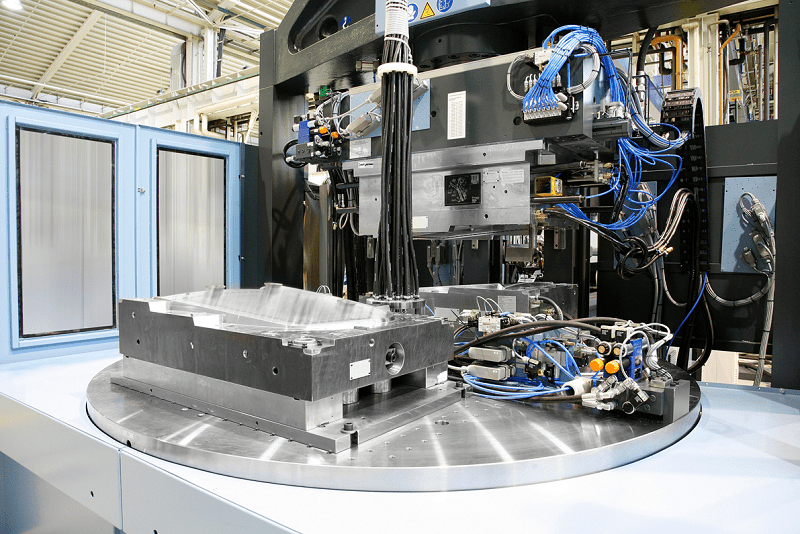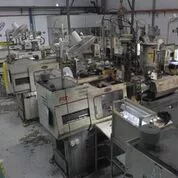Molding is the process of turning raw plastic into a shape or form that is the desired finished product. Every kind of product demands a different molding technique, and among them, overmolding process and insert molding design types are considered the best molding techniques in the market.
The conventional plastic manufacturing process involves melting or softening the plastic at considerably high temperatures and then using different techniques to mold them into shapes that make them a useful finished product.
Molding is used in making virtually any molded component out of plastic following design considerations for plastic overmolding. A plastic chair or anything made out of plastic is basically made using molding techniques.
In this blog post, we will discuss insert molding various design aspects related to the technique in detail. The aim of this post is to discuss the most common and encouraged molding technique in the world (insert molding), its working methodology, design considerations, benefits and applications in various sectors.
How Does Insert Molding Work?
So, what is insert molding?
Insert molding works on similar basic principles as plastic injection molding. Molten resins are injected into a plastic mold that is designed to suit the geometric requirements of the part. The plastic resins are injected into the mold and allowed to solidify. They are then removed/ejected from the insert mold.
The only difference here is that the metal is inserted into the molten resin before the mold closes. This way, the plastic covers the product completely and the entire main product is engulfed in the plastic with no cracks and even wall thickness.
The inserted product can be simple such as a blade or a tube or it can be very complex like a metal insert for a complex machine.
The reason insert molding is preferred is that it is not an attachment of many plastic parts through screws to develop a cover for the product. The product is completely inside the covering and the cover is naturally formed around the product by a mechanical bond. It provides a soft grip and good quality product design by using CNC machining.
Various plastic injection molding companies make the use of vertical injection molding presses for the process. This allows them to use gravity to position and maintain the insert while the mold is closed.
Additionally, vertical insert molding machines have multiple bottom mold halves within a single cavity half. Different bottom halves can be loaded at different times. Hence when one bottom half is in the process of molding with the cavity half, the other bottom can be loaded with resins.
In a screw-based assortment with threaded insert, which happens in other kinds of molding, there is a high risk of wear and tear.
This plastic injection molding process is used because it has a more reliable structure and it increases the strength of the product by many folds. It is also preferred because the process is cheaper and is easy for 3D modeling.
Any other form of molding alternative to inserting costs more because the other processes require many sub-processes such as soldering, adhesives, connectors, threaded insert, and screws.
Insert molding does not require any of these processes and the product comes out stronger and more reliable due to sound design for manufacturability.



